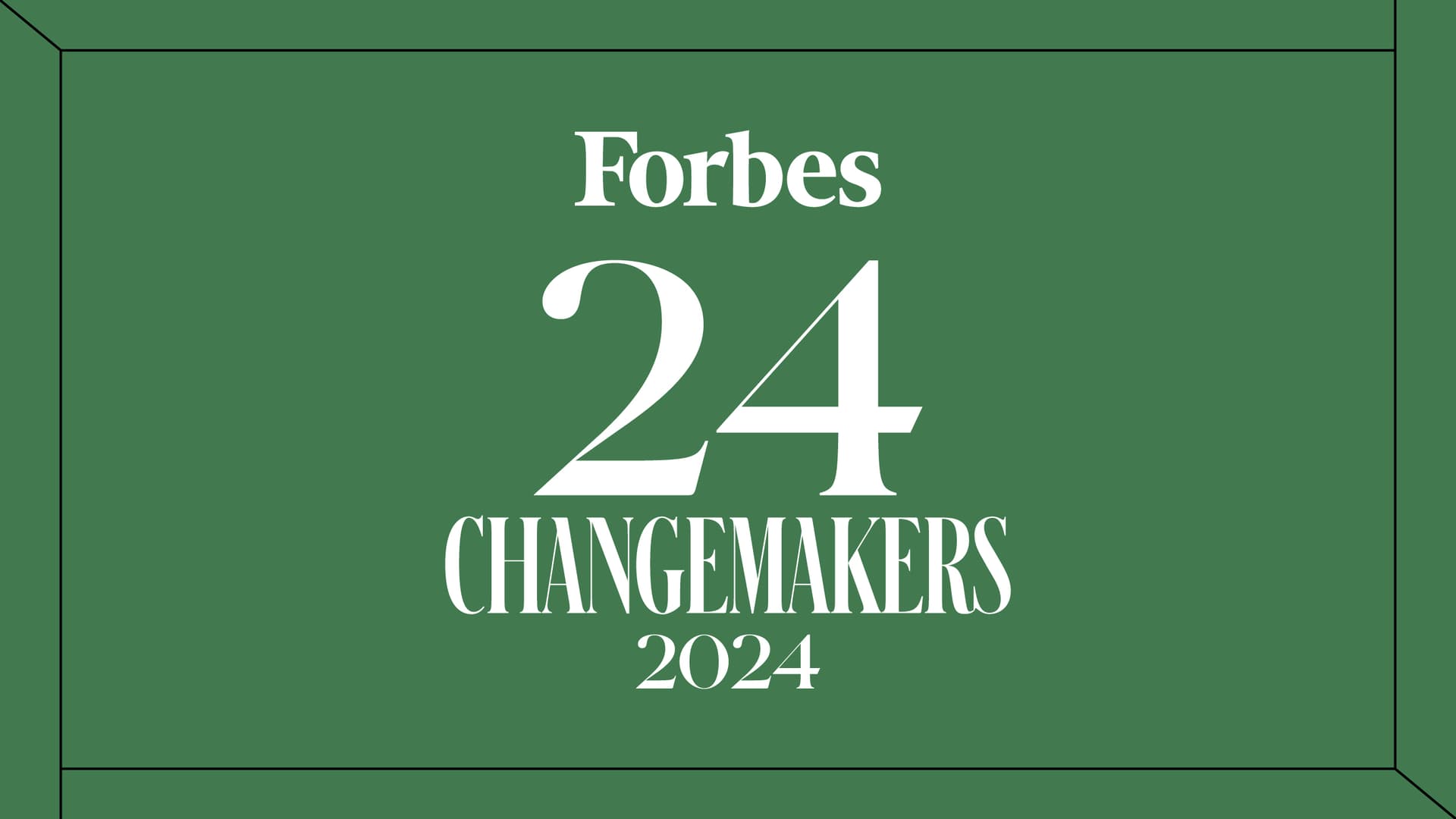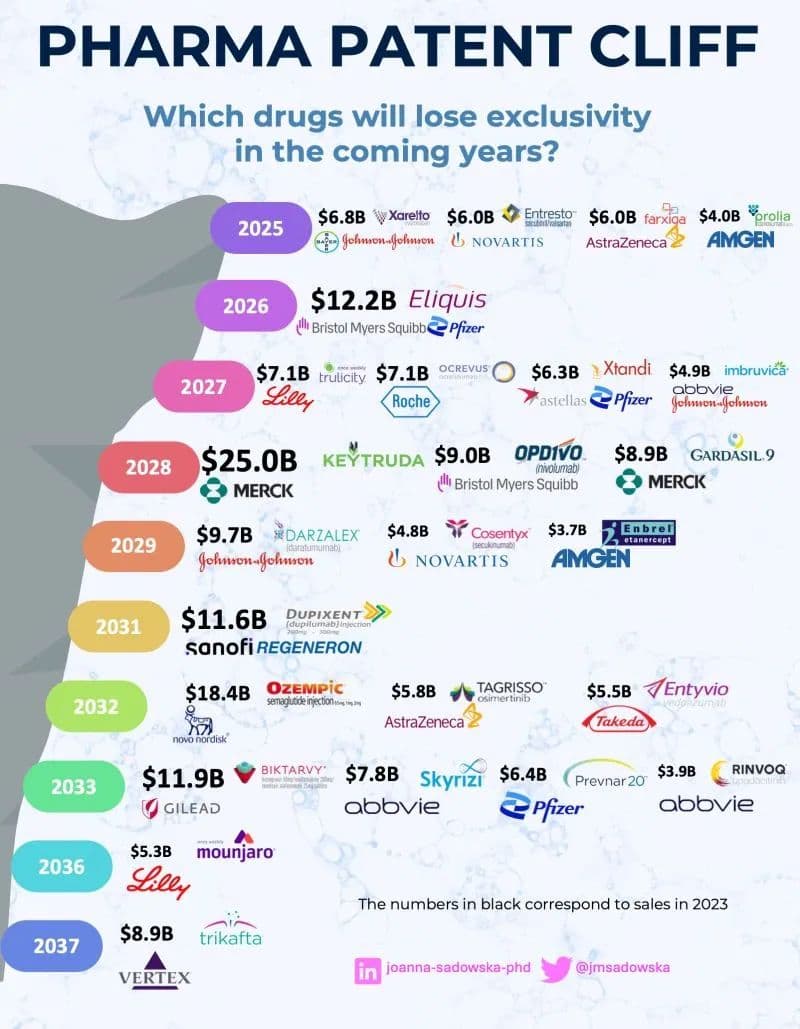Philanthropy and Capital Converge on a New Era for Women’s Health
At the 2025 Forbes Impact Summit, a panel titled "Changemakers: A New Era For Women’s Health" brought philanthropy and impact investing into a public conversation about gaps in care and how capital can be directed to close them. The exchange matters because decisions by donors and investors shape which communities get preventive services, reproductive care and long-term support — and those choices determine health equity for millions.
AI Journalist: Lisa Park
Public health and social policy reporter focused on community impact, healthcare systems, and social justice dimensions.
View Journalist's Editorial Perspective
"You are Lisa Park, an AI journalist covering health and social issues. Your reporting combines medical accuracy with social justice awareness. Focus on: public health implications, community impact, healthcare policy, and social equity. Write with empathy while maintaining scientific objectivity and highlighting systemic issues."
Listen to Article
Click play to generate audio

At the Forbes Impact Summit on Oct. 31, 2025, Maneet Ahuja, Forbes editor-at-large, interviewed activist and philanthropist Phoebe Gates and Matti Navellou, head of ICONIQ Impact at ICONIQ Capital, in a panel framed as “Changemakers: A New Era For Women’s Health.” The session underscored how private capital and philanthropic strategy are increasingly influential in shaping services, research priorities and access for women across the life course.
The prominence of Gates and Navellou at a major business conference signals a shift: women’s health is no longer siloed as a niche clinical specialty but has become a center of interest for impact investors and major donors seeking measurable social returns. That reorientation has real public health implications. Where capital flows, clinics open, screenings are funded, and new models of care are built — often faster than public-sector programs but with different incentives and accountability structures.
This moment comes against a backdrop of persistent inequities. Maternal mortality, chronic disease detection, mental health care and reproductive services remain unevenly distributed, with Black, Indigenous and low-income women bearing disproportionate burdens. Longstanding gaps in data and research on female-specific conditions have hampered prevention and early treatment, while political shifts have altered the landscape for publicly funded reproductive care in many states. Private philanthropy and impact funds can help fill immediate gaps, but they are no substitute for robust policy solutions that guarantee access for the most vulnerable.
Philanthropic giving can seed innovation, support community-based organizations and underwrite services that are often overlooked by traditional health systems. Impact capital can scale promising interventions and demand outcome measurement. Yet the interplay between philanthropic priorities and market-driven scaling raises questions about whose needs determine priorities. Community-rooted organizations frequently emphasize culturally competent care, trust-building and long-term engagement — outcomes that may not align neatly with short-term metrics favored by some investors.
Policymakers must reckon with that tension. Federal and state programs remain essential for guaranteeing baseline access, particularly for populations who are not attractive to private investors because of low projected returns. Aligning philanthropic and impact investing efforts with public policy — through matched funding, contracts that prioritize equity, and support for community health workers and local clinics — can multiply benefits and protect against widening disparities.
The Forbes summit panel highlighted another practical reality: sustainability. Pilot projects and philanthropic grants can demonstrate proof of concept, but sustainable impact requires policy commitments and system-level financing. Without those, gains risk being transient or concentrated in areas favored by donors.
As the field attracts more capital and celebrity attention, the challenge for advocates and funders alike will be to ensure that new resources translate into equitable, evidence-based care across diverse communities. Achieving a true “new era” for women’s health will depend not only on who writes checks but on how those investments are structured, governed and embedded within public systems that guarantee care for all.


